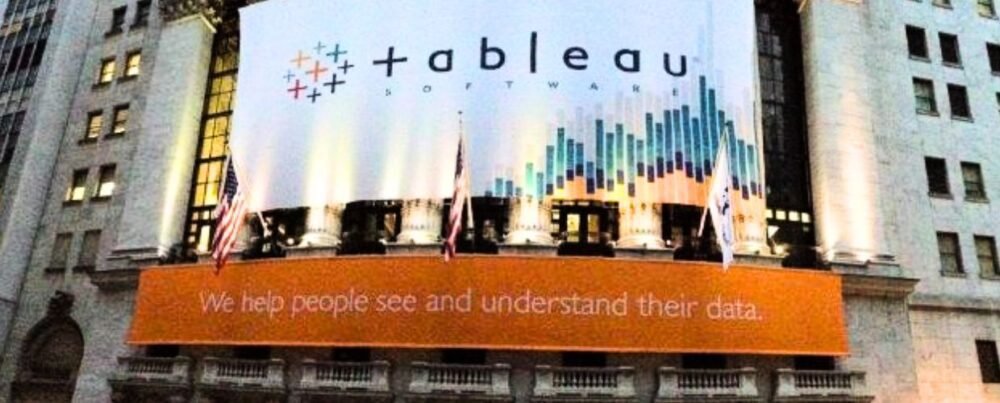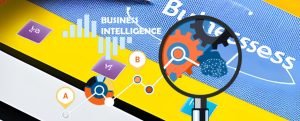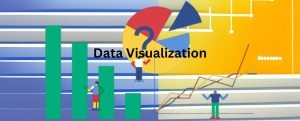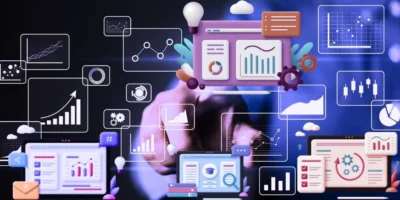In today’s data-driven world, organizations face the challenge of transforming vast amounts of complex data into actionable insights. Tableau Software Inc., a leading data visualization and analytics platform, has emerged as a game-changer. With its intuitive interface, powerful visualizations, and advanced analytics capabilities, Tableau empowers businesses to unlock the full potential of their data, make informed decisions, and drive meaningful outcomes.
Company Overview and Evolution
Tableau Software Inc. was founded in 2003 by Chris Stolte, Christian Chabot, and Pat Hanrahan with a vision to help people see and understand data. The company’s flagship product, Tableau Desktop, was launched in 2005, revolutionizing how organizations visualize and analyze data. Since then, they have experienced tremendous growth and have become a global data visualization and analytics leader.
Intuitive Data Visualization
Tableau’s strength lies in its intuitive and user-friendly approach to data visualization. The platform enables users to create compelling visualizations and interactive dashboards with drag-and-drop simplicity, regardless of their technical expertise. By offering a wide range of visualization options, including charts, maps, graphs, and infographics, the software empowers users to explore and present data visually appealing and meaningfully.
Interactivity and Exploration
Tableau goes beyond static charts and graphs by providing interactive capabilities that allow users to explore and dive deeper into their data. Users can apply filters, drill down into specific dimensions with just a few clicks, and dynamically change visualizations to understand their data comprehensively. This interactivity enables users to uncover hidden patterns, identify trends, and confidently make data-driven decisions.
Advanced Analytics and Data Blending
Tableau’s analytics capabilities enable users to go beyond data visualization and perform advanced calculations and statistical analysis. The platform offers many built-in functions and algorithms, allowing users to derive meaningful insights from their data. Additionally, its data blending feature enables users to combine multiple data sources seamlessly, providing a holistic view of their business and enabling cross-functional analysis.
Real-Time Data and Collaboration
Tableau’s ability to connect to live data sources enables users to work with real-time data, ensuring that insights and visualizations are always up to date. This real-time connectivity empowers organizations to monitor key performance indicators, track business metrics, and respond swiftly to changing conditions.
Furthermore, Tableau’s collaborative features facilitate teamwork and knowledge sharing. Users can publish and share their visualizations with others, collaborate on dashboards, and receive real-time feedback. This collaborative environment fosters a data-driven culture within organizations, where insights can be easily shared and leveraged across teams and departments.
Extensive Data Source Integration
Tableau supports integrating various data sources, including spreadsheets, databases, cloud services, and big data platforms. This flexibility allows organizations to connect to their data wherever it resides, eliminating data silos and enabling comprehensive analysis. Its robust data and pre-built connectors to popular applications simplify the data integration process, ensuring users can easily access and analyze their data.
Mobile Accessibility
Tableau’s mobile application extends the power of data visualization and analytics to mobile devices, allowing users to access their dashboards and insights anytime, anywhere. The mobile app offers a seamless experience, ensuring users can interact with their data on the go and make data-driven decisions even when away from their desks.
Community and Support
Tableau boasts a vibrant user community and provides extensive support resources to help users maximize the platform’s value. The software Community allows users to connect with peers, share best practices, and seek expert advice. The company also offers training programs, webinars, and documentation to empower users with the knowledge and skills needed to leverage Tableau effectively.
Conclusion
Tableau Software Inc. has revolutionized the field of data visualization and analytics with its powerful and user-friendly platform. By democratizing data, the software empowers users across organizations to uncover insights, make data-driven decisions, and drive meaningful business outcomes. Its intuitive interface, advanced analytics capabilities, and extensive data source integration make Tableau a preferred choice for businesses seeking to unlock the true potential of their data.
As the demand for data-driven insights continues to grow, it remains at the forefront of innovation, constantly enhancing its platform to meet the evolving needs of its users. With its focus on empowering users, fostering collaboration, and enabling data exploration, Tableau Software Inc. is poised to shape the future of data visualization and analytics, driving a data-driven revolution in organizations worldwide.














